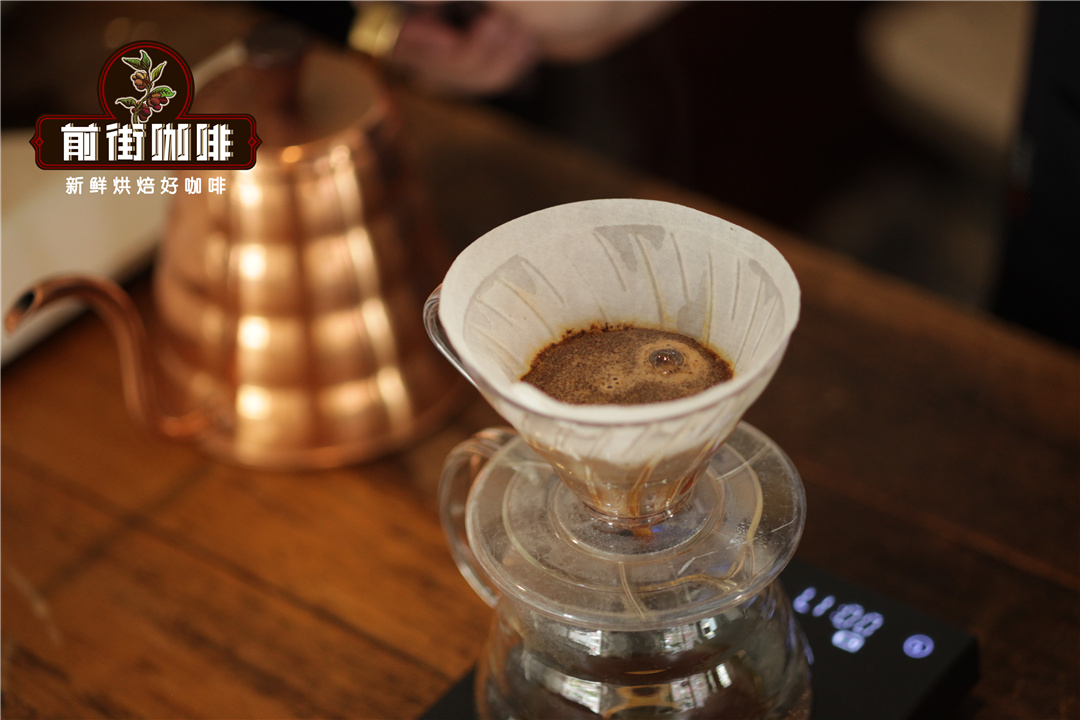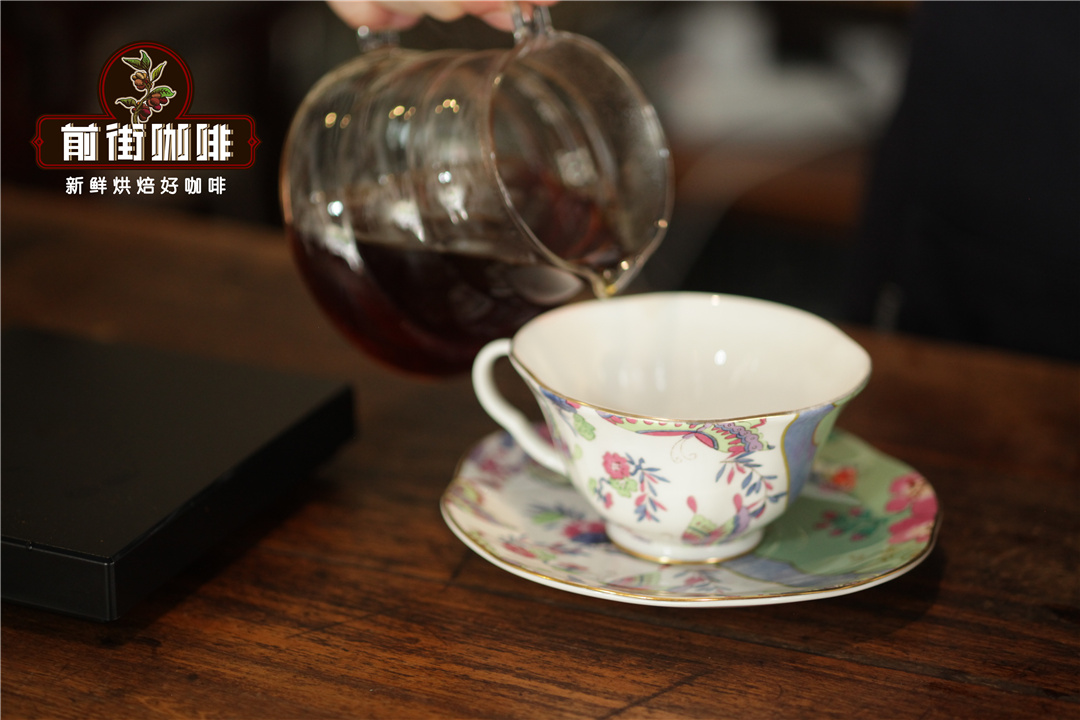Where does the thick and unique taste of self-made coffee come from?
Coffee is not only fragrant, its unique taste will also leave a very deep impression. But do you know where coffee tastes?
Recently, scientists have discovered the real reason for the taste of coffee. At first, the scientists used descriptive analysis to list the chemicals that may contribute to the taste of coffee. They then evaluated four different types of coffee. The evaluation mechanism refers to the scoring criteria of the Fine Coffee Association (SCA).
For better comparative analysis, the scientists grouped the ingredients and listed the associated chemical components. The four groups of coffee tastes as follows:
They divided a complete cup of coffee into 12 parts, stratified by chromatographic analysis, and asked five tasters to taste each part. If most people agree on the taste of a layered coffee, they will analyze its specific chemical composition.
Dr Christopher Simons, who led the study, said: "We all know that coffee brings a unique taste, but in the past it was thought to be caused by sugar and fat. But our study found that "the results of this study can help producers and growers produce better coffee. At the same time, it can also help coffee lovers to have a better understanding of the composition of coffee, just like red wine lovers. "

Brianne Linne, a member of the research team, said: "in the theoretical review, we found that the definition of coffee taste is very broad, and sometimes completely contradictory." That's why we chose this topic. "
The scientists isolated melanoid components, which are mainly produced by Maillard reaction during roasting of coffee beans, and for the first time associated them with the astringency of coffee. There are two substances: 3-caffeoylquinic acid and 4-caffeoylquinic acid can produce a sense of adhesion. Surprisingly, at the same time, they first found a link between amino acids and the taste of talcum powder.
They also found that with this theory, growers and producers can adjust and optimize production and planting processes and change the taste of coffee according to the needs of consumers.
Important Notice :
前街咖啡 FrontStreet Coffee has moved to new addredd:
FrontStreet Coffee Address: 315,Donghua East Road,GuangZhou
Tel:020 38364473
- Prev

Six common mistakes that beginners should avoid when making coffee the correct way to make coffee
No one wants to spoil their own coffee, especially boutique coffee beans that are not cheap. No one wants to drink a bad cup of coffee, but these common mistakes, as long as you bet on one of them, no matter what you use is not just a waste of a pot of coffee, if you are still not aware of the problem, then you will
- Next

How long will it take for coffee beans to taste good? is the taste period of coffee the shelf life?
Aging is the process of releasing the gas (including carbon dioxide, miscellaneous flavor, etc.) in the roasted coffee beans slightly, waiting for the coffee oil to become even, and the aroma and sweetness to be full.
Related
- What brand of black coffee is the most authentic and delicious? what are the characteristics of the flavor of the authentic Rose Summer Black Coffee?
- Introduction to the principle and characteristics of the correct use of mocha pot A detailed course of mocha pot brewing coffee is described in five steps.
- Which is better, decaf or regular coffee? how is decaf made?
- How much is a bag of four cat coffee?
- How about four Cat Coffee or Nestle Coffee? why is it a cheap scam?
- Which is better, Yunnan four Cats Coffee or Nestle Coffee? How about cat coffee? is it a fake scam? why is it so cheap?
- How about Cat Coffee? what grade is a hoax? which instant coffee tastes better, four Cat Coffee, Nestle Coffee or G7 coffee?
- Process flow chart of coffee making-Starbucks coffee making process what coffee tastes good at Starbucks
- The top ten best coffee beans in the world Rose summer coffee or Tanzanian coffee tastes good
- Yunnan four cat coffee is good to drink?_four cat coffee is a big brand? four cat blue mountain coffee is fake?

